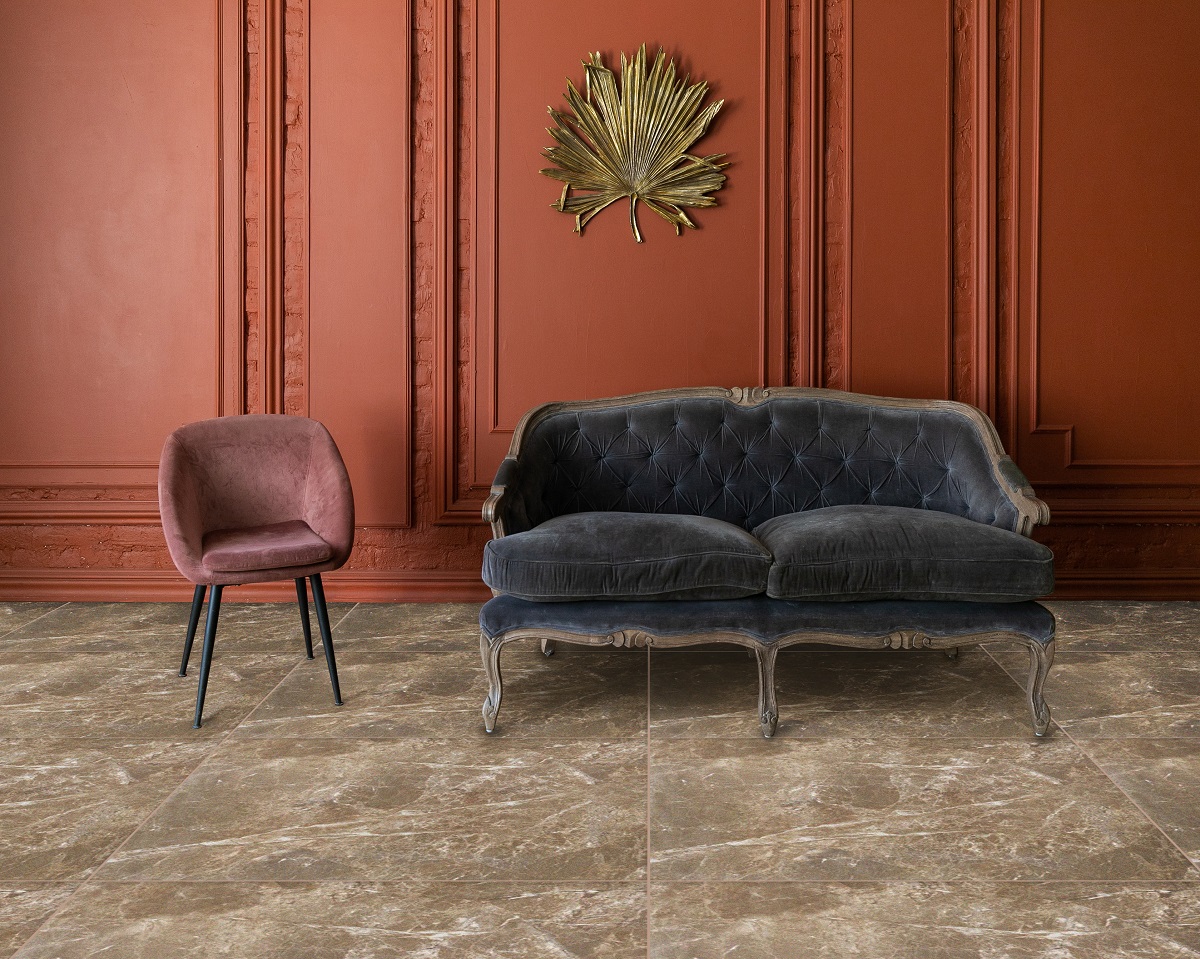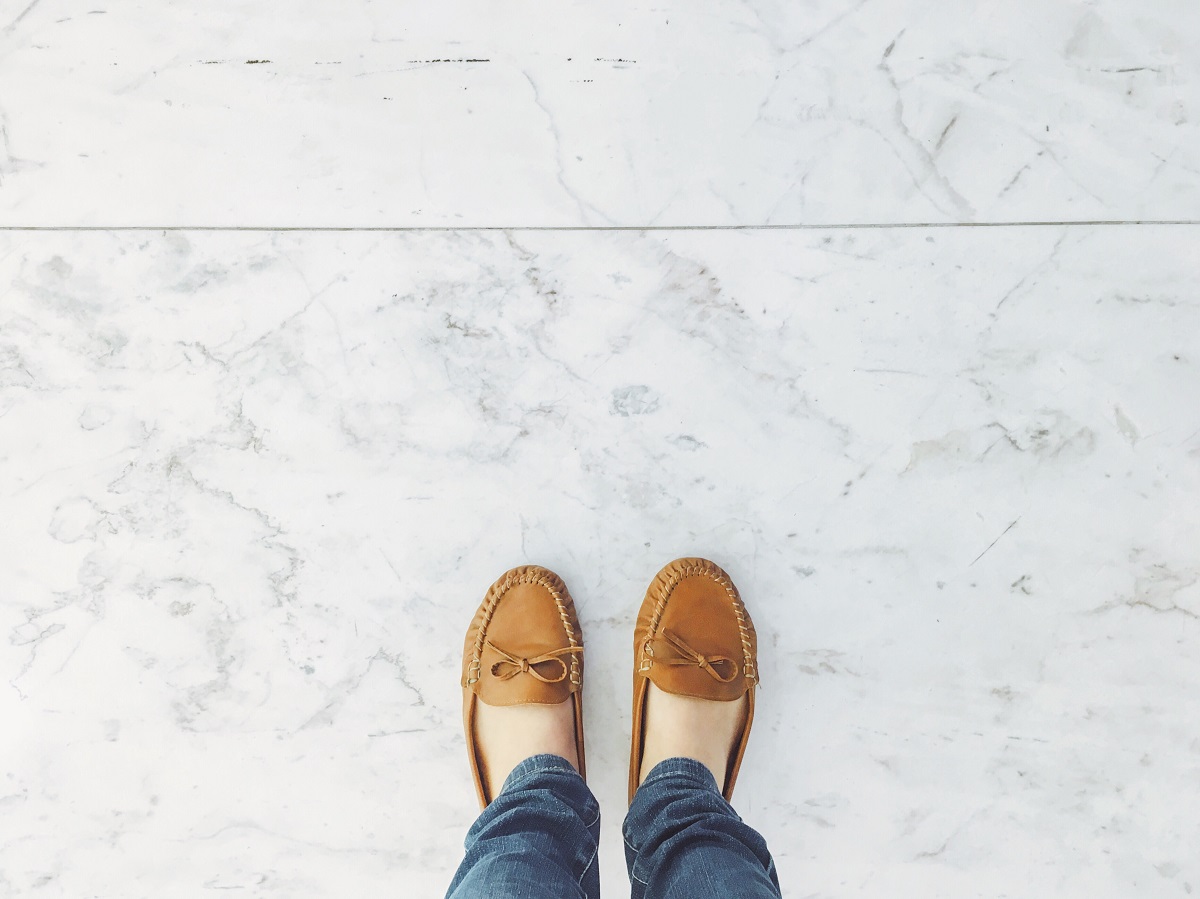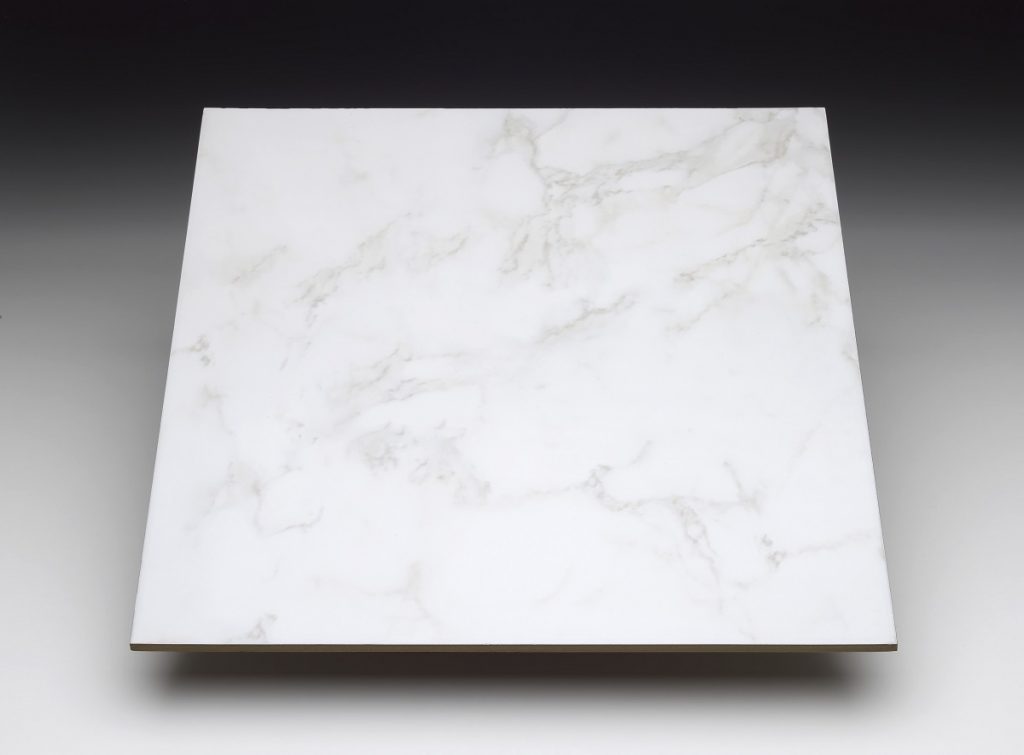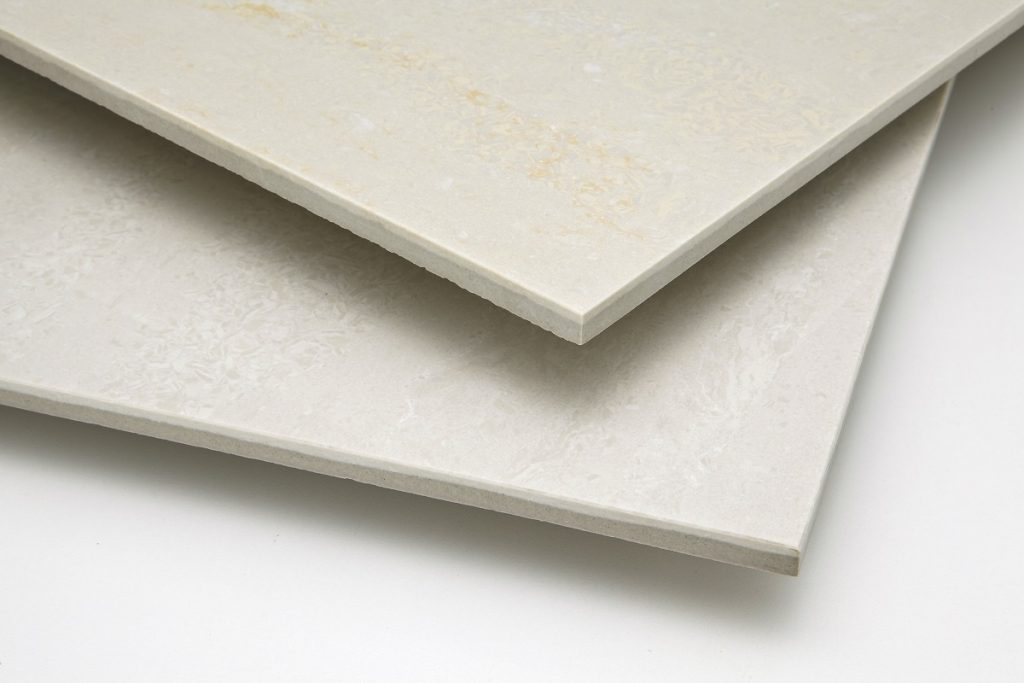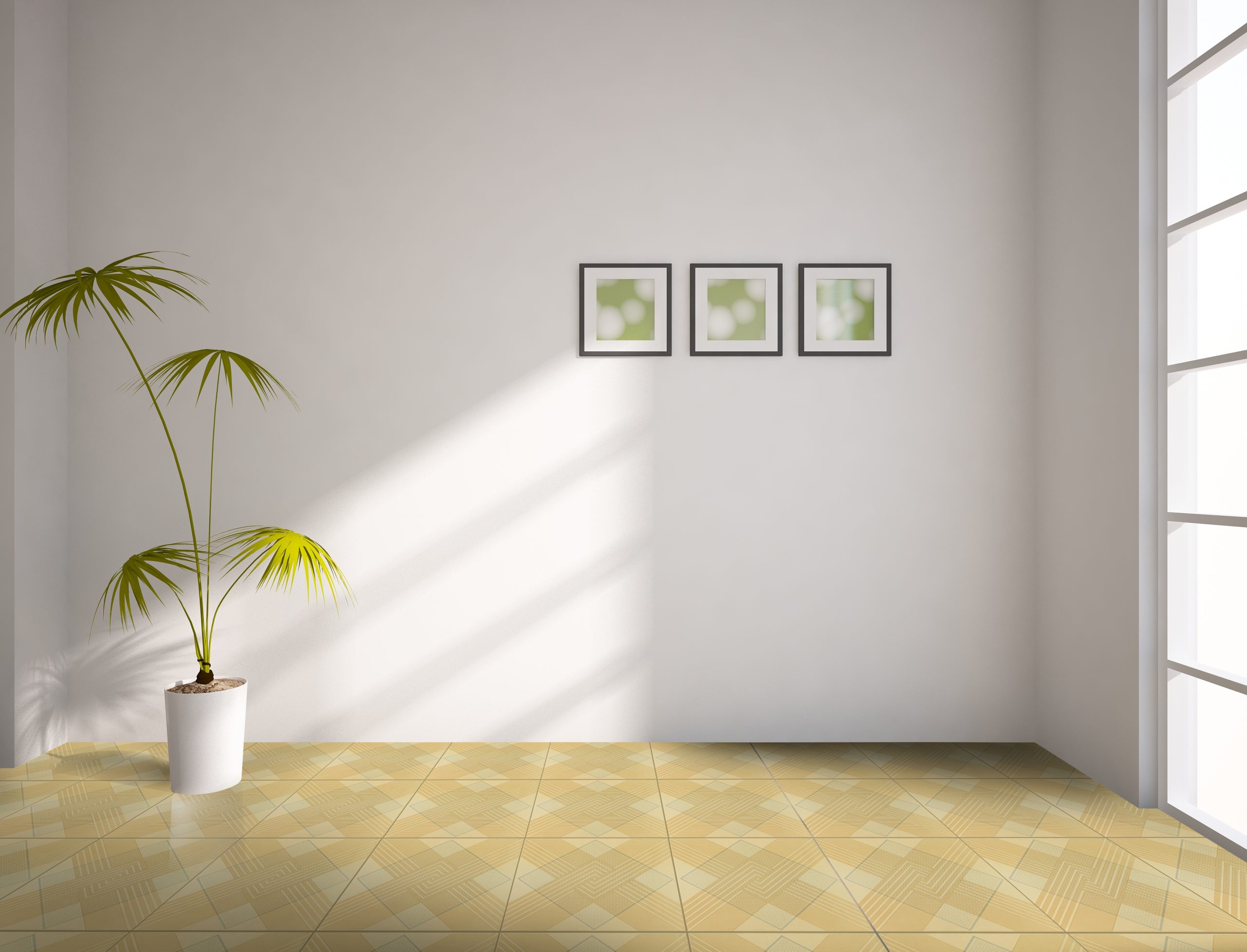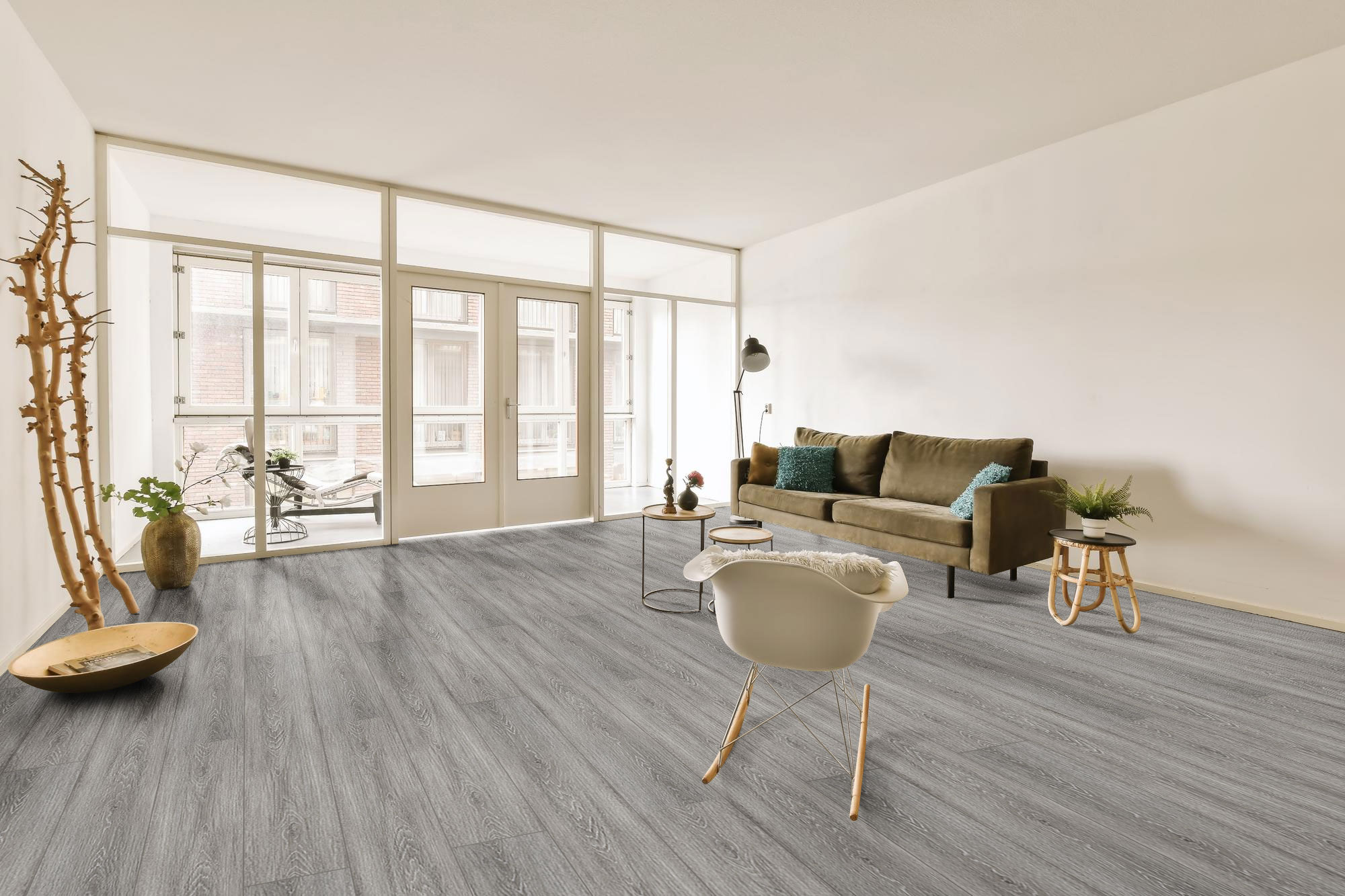What tile designs are perfect for an art deco look?
- Marble-look
- Cement-look
- Terrazo designs
Contemporary interior designs seem to be the trend nowadays. Modern residential or even commercial spaces make use of seamless looks with predominantly uniform patterns which are all characteristic of this style trend. It’s probably uncommon to find modern homes that make use of more vibrant and eye-popping visuals due to the demand for more of these minimalist-fusion styles. Styles like art deco have largely gone unnoticed – maybe because of the hesitation and a lack of knowledge on how to achieve this look. However, as long as you have the right tile designs for an art deco look, this elusive style of the early twentieth century will eventually be in your grasp.
The influence of the 1920s on interior design is probably one of the most underrated and overlooked movements, with respect to today’s current design trends. Designs of wildly-shaped geometrical patterns with precise finishes are not everyone’s cup of tea, after all. To dispel popular opinion, this style is actually one of the most versatile styles out there. It can be fused with contemporary, rustic, or even Mediterranean designs to create a modern look that is by all means art deco in nature. Continue reading for these art deco-appropriate tiles which can bring out your artistic expression and flair for interior design.
Marble-look
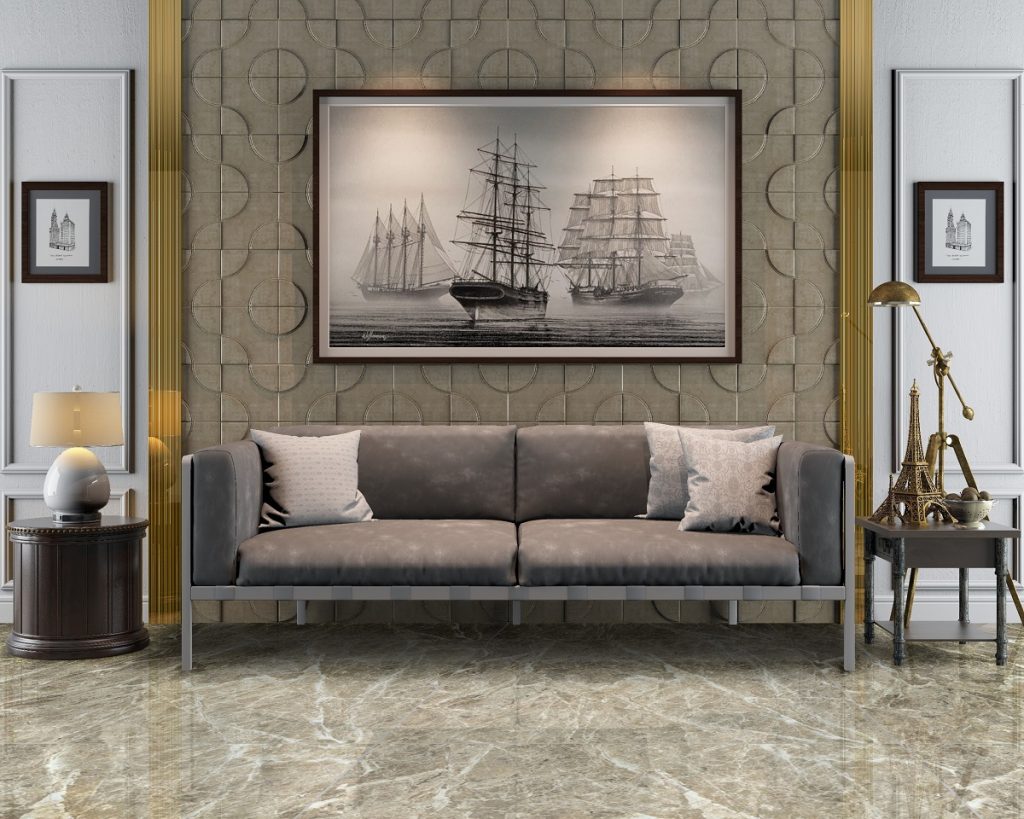
[60×60] QG26032
In the beginning, the natural finish brought about by marble look tiles may seem to defy all the conventions of an art deco style. The latter has largely focused on vibrant colors and striking shapes and patterns which are reminiscent of North American and European architecture styles in the 1920s.
Despite this, however, marble tiles actually make the perfect complement for any art-deco inspired design. The black marble-inspired design of Floor Center’s 60×60 QG26032 makes the best choice for this endeavor. Natural patterns emulating real marble are simply visually-appealing to anyone who sees it. Art deco is all about achieving the highest level of opulence – this beautifully-designed marble-like tile can easily polish and brighten up the spaces of any living room, bedroom, or dining room.
Cement-look
![[60x60] 6186P](https://blog.floorcenter.com/wp-content/uploads/2020/07/60x60-6186P-852x1024.jpg)
[60×60] 6186P
You’re probably wondering why cement-look tiles are part of this list. It’s quite simple, really – the industrial element of these tile designs will easily take anyone back to a time of visually-stunning architectural elements and sheer extravagance.
There is one bit of a challenge when it comes to selecting cement looks for your interior. It’s all about beautifully striking the balance between industrial, and art-deco style. Simply leaning too much into the former may achieve the outcome which is the exact opposite of your desired intent.
The right kind of tile for this job is the 60×60 6186P. A distinctive feature about this tile is that it has been applied with a matte finish, which can offer your interior with an enhanced look of smoothness. These style fusions tread the fine balance of industrial-art deco, resulting in a style which is just what you’re looking for.
Terrazo designs
![[60x60] M107-4](https://blog.floorcenter.com/wp-content/uploads/2020/07/60x60-M107-4-1024x819.jpg)
[60×60] M107-4
For all this article has written about how art deco has taken inspiration from creative patterns and shapes, it sure does take a while to give you the perfectly-patterned idea to achieve the art deco look. So without further ado, it’s apt that we now look into a stylistically-marble pattern tile – Floor Center’s 60×60 M107-4.
As an art deco tile, this option meets all the basic elements: eye-popping, vibrant, and heavily-patterned. This tile is considerably more playful than the ones you’ve previously encountered in this article as it combines elemental marble looks in the varied colors of black, white, blue, and gray.
This is truly the poster-boy tile for art deco pieces – its vestiges of the early 20th-century architecture will truly take you back to a time of Haute living, fine dining, and fleeting moments of temperance.
Key Takeaway
Art deco is all about opulence and extravagance. You may find yourself second-guessing on incorporating this style because of its many patterns, colorful visuals, and countless shapes.
Luckily for you, you have the freedom to craft your own 1920s style with these tile designs for an art deco look. Click here to check out more design tips with Floor Center!
